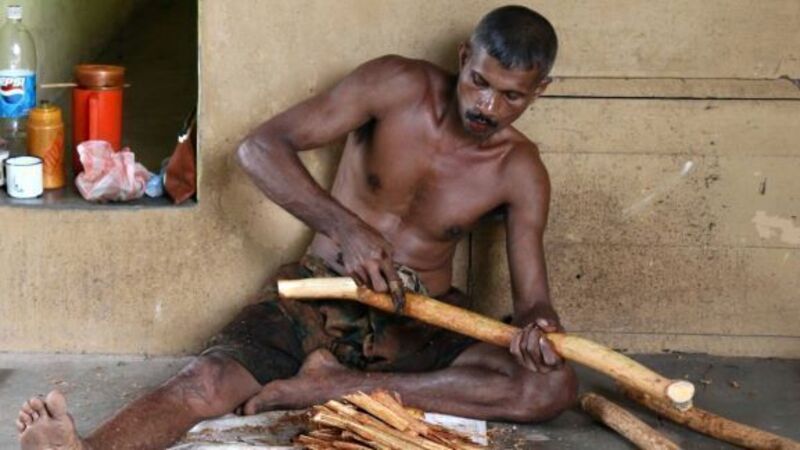Weekend food with Darina Allen: Sri Lankan cinnamon

Much of what is sold as cinnamon is an inferior product called cassia which is less expensive but has a much stronger and more acrid flavour.
True cinnamon is native to the lush tropical forests of lovely Sri Lanka, formerly known as Ceylon, hence the name Ceylon cinnamon.















